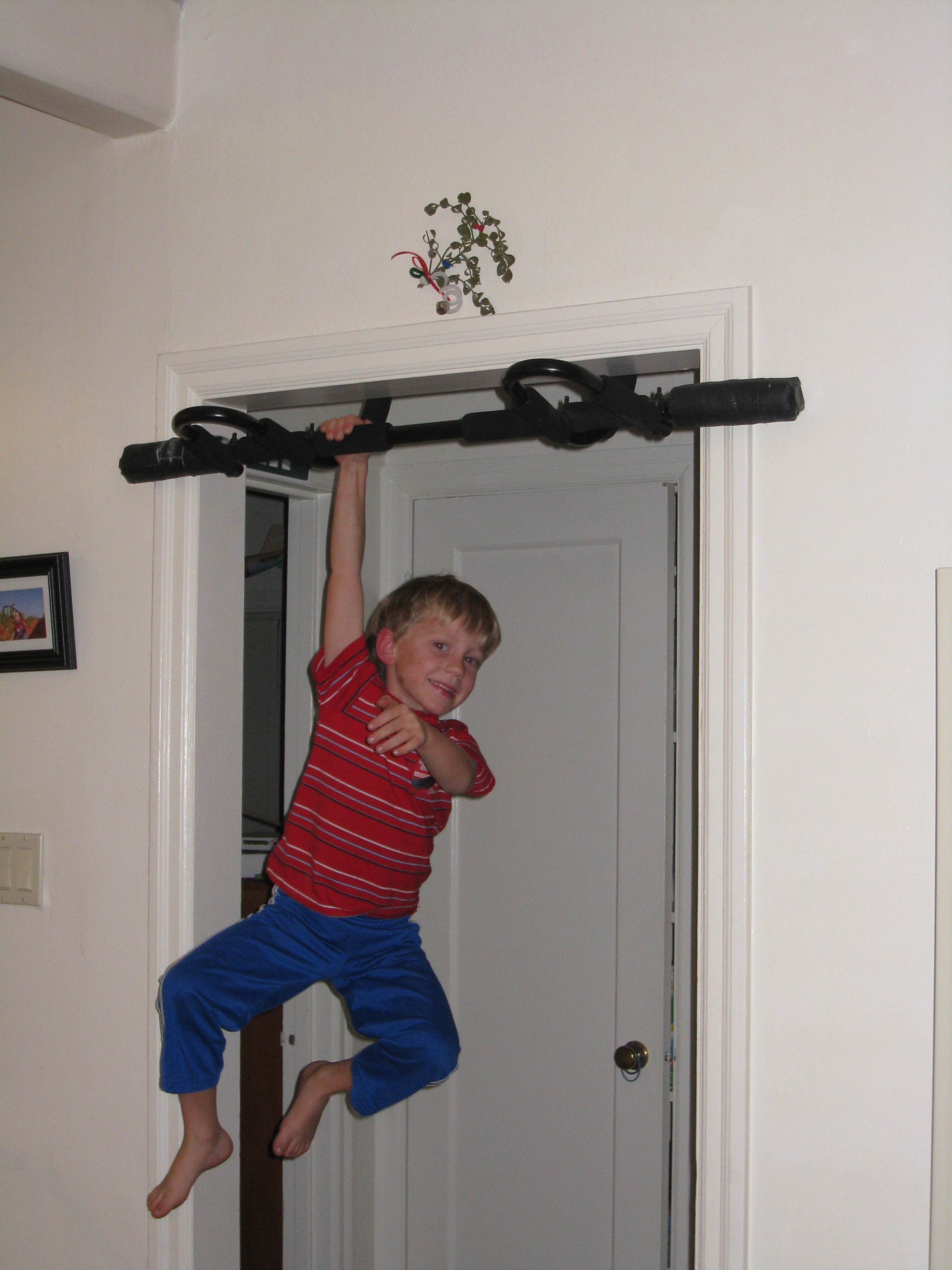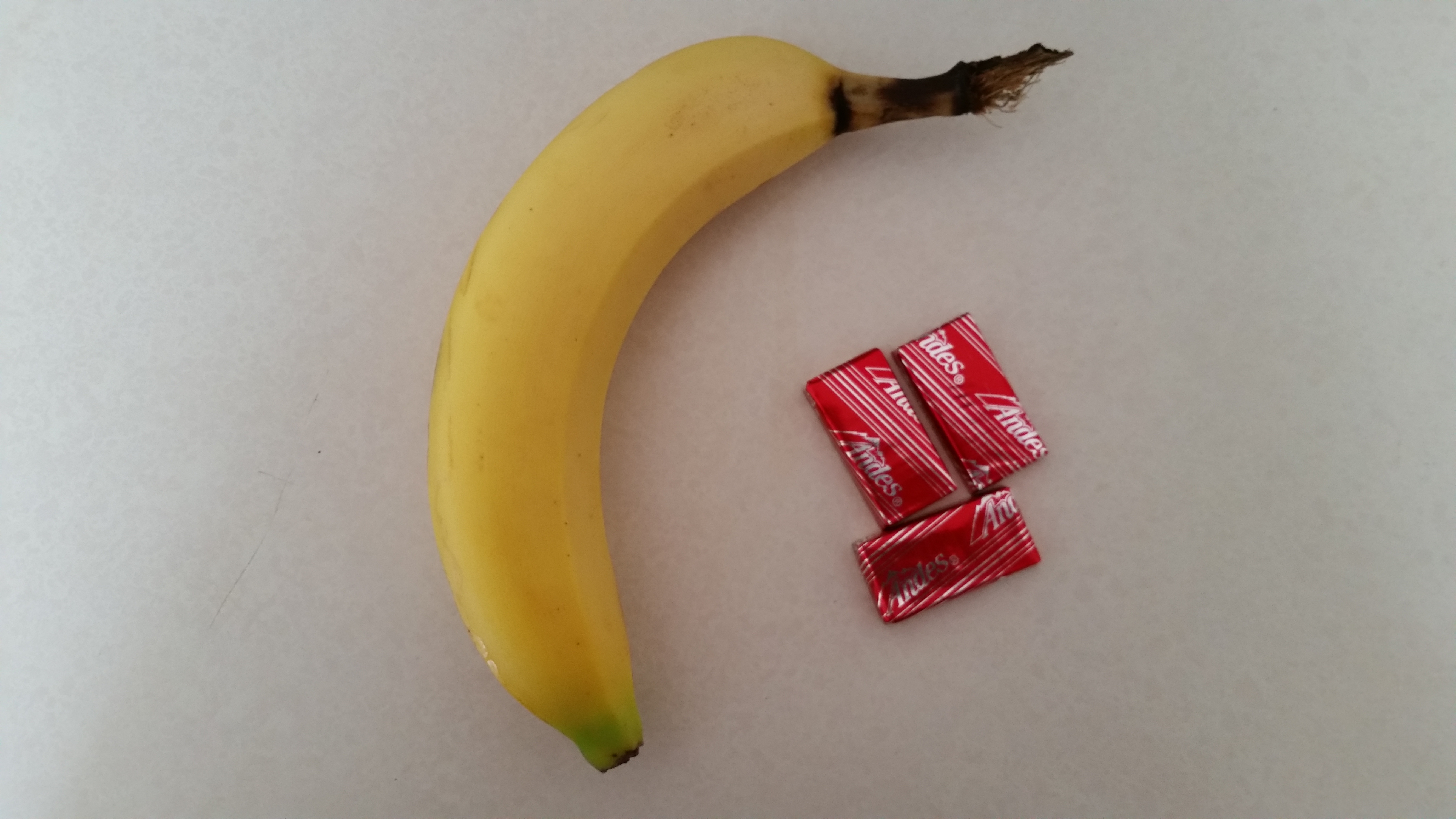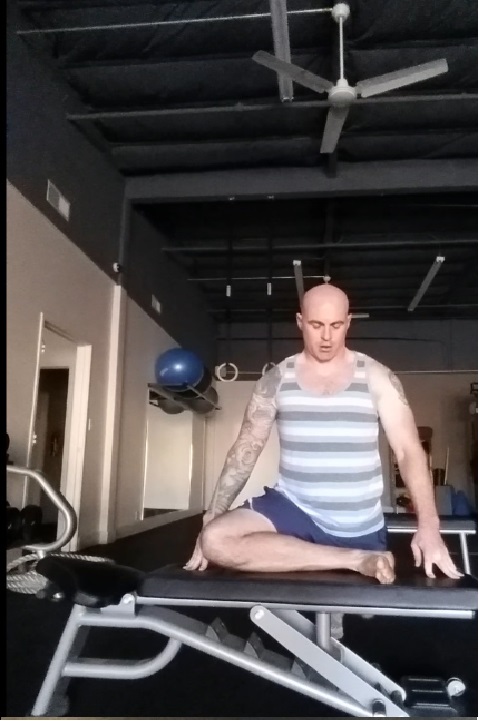Breakfast is sometimes stated to be one of the most important meals of the day. There is a lot of truth to this statement. The first meal of people’s day is a breakfast type meal like cereal, eggs or something on the run like a breakfast granola bar… most of the time. While there are certain individuals who skip breakfast and wait until their second hour of being at their job or the lunch hours, more often than not people will eat something after waking up from their nightly slumber. Consuming a meal after you wake before you begin the activities of your day is a key component to putting your body in an efficient performance mode of human physical activity throughout the day. In this BLOG, we will talk about some of the benefits of consuming a meal after waking and some different options on how to prepare a well balance and efficient breakfast before you start your day. This way, your body can be productive physically, emotionally, and physiologically to help you kick butt during your day.
So why is breakfast such a big deal? Why do your parents, Facebook posts, Men’s and Women’s Health magazines, and myself say that breakfast is sooooo important? There are too many reasons to mention. To touch the surface though, here are three key components you can take away after reading this:
- Understand why eating in the morning is good for rebuilding what was depleted from after waking up from 6-8 hours of sleep.
- Understand what the hormone insulin does to the body.
- Understand how the addition of regular exercise will compliment eating a well balanced breakfast.
Understanding what insulin does to your body is an important component of achieving an optimum level of health for pretty much every individual who lives in today’s society, especially with all of the commercialized junk food that is increasingly present on the shelves of our stores that we visit to buy our groceries from. In fact, I feel that the understanding of insulin and how it affects the performance of your body should be common knowledge taught in high school courses. But hey, who am I to say what’s important in schools or not. Insulin is what we would call a potent anabolic hormone. Insulin is produced after we eat a meal involving a food that has a “glycemic response.” Certain foods have different levels of glycemic responses, which are rated by a scale called the Glycemic Index. When we eat a certain food with a glycemic response, the hormone Insulin will be released into our blood stream and attach onto cells throughout the body and trigger those cells to uptake sugar into their cell body. That sugar will be used as a fuel source for those cells to grow. When the cells grow, they are in what is called an “Anabolic State.” Now let’s clarify something, certain foods have different glycemic responses. These glycemic responses are rated in their potency of Insulin release from 1-100. For example, a Pop Tart will have a Glycemic Index of 100, while Steel Cut Oatmeal has a Glycemic Index of 35 or so. Therefore, after ingesting the Pop Tart, your cells will receive a huge Insulin spike signal, telling cells to absorb a huge concentration of sugar. On the other side, eating something like Steel Cut Oatmeal, your cells will have a more gradual uptake of sugar into cells rather than all at once.
Why is this so important?
Well, once your body get’s a huge Insulin spike from eating something ridiculously fake and sweet like a Pop Tart, the body will absorb way too much sugar WAY TOO FAST, leaving the body in a state of shock. When the absorption of sugar happens in this aggressive manner, one can get really hyper from the immediate influx of sugar into cells due to the Insulin spike and then crash… and you will feel like crap, depleted and probably be a jerk to your peers because you feel so weak and deprived of energy. Consuming something in the morning with a lesser glycemic Index value will cause a more efficient uptake of sugar into the cells, instead of all at once. With a more steady uptake of sugar into the cells, you don’t have to worry about energy levels plummeting like you would after eating a Pop Tart.
Anabolic is a term that can mean the promoting of growth of the cells in the body. When the body is depleted, it is only natural to want to build it back up through a process of regeneration. A great way for the human body to recognize that it should be growing is to consume a meal after it has been a depleted state. In this case, we are talking about the first meal after 6-8 hours of sleep. If we look at in the way that your body has been fasting for this prolonged period of time, you can understand why you wake up really hungry. In the morning after you wake is one of the most absorptive states that your body will be in. Every cell in your body is ready to absorb calories, vitamins and minerals like a dry sponge absorbing water. This is the body’s natural instinct to survive; the body has been deprived of vital nutrients and calories for 6-8 hours of fasting while you have been asleep. By feeding your body a properly portioned meal with equal amount of carbohydrate, proteins and healthy fats, you are telling your body to start rebuilding what has been depleted over your 6-8 hours of sleeping through the night. Eating right after your wake does not only rebuild, but now your body is going into a more anabolic state to start building more throughout the day. So what you have done is trigger an anabolic response for your body to go into cell reconstruction mode.
You can supercharge this cell reconstruction mode with exercising regularly throughout your week. With the addition of regularly training and putting stress on your muscles through some form of exercise training, you can now imagine where these calories are going to be transported to rebuild what the body has lost over it’s fast and what will now be triggered to be built more, LEAN MUSCLE! With the addition of lean muscle, your body will now consume fat at a more efficient pace due to this anabolic response you have induced upon it by consuming a meal to “jump start” your anabolic metabolism in the morning. Therefore, exercise + eating a balanced breakfast will put your metabolism into an efficient mode of utilizing calories to rebuild the body throughout the day.
Understanding the function of Insulin can be a useful tool of how it will affect your energy throughout the day and how it plays a role in burning/storing fat and building lean muscle mass.
It is important to ensure that your breakfasts are balanced in the amount of protein, low Glycemic Index carbohydrates and healthy fats. Here are few examples of balanced breakfasts that will level out your Insulin release throughout the day and encourage the healthy rebuilding of your body throughout your day.
- ¼ cup steel cut oats w/ blue berries and chia seeds + 2 egg spinach omelet
- ½ cup of sautéed sweet potatoes w/ red onion + 2 scrambled eggs
- Smoothie- ½ cup almond milk, ½ cup water, ½ cup blue berries, 2 tablespoon almond butter, 1 tablespoon chia seeds, banana





